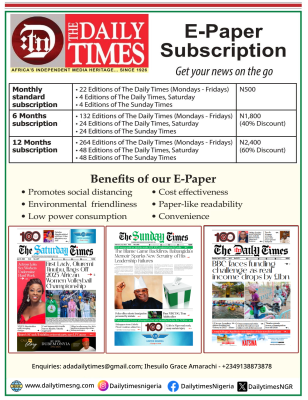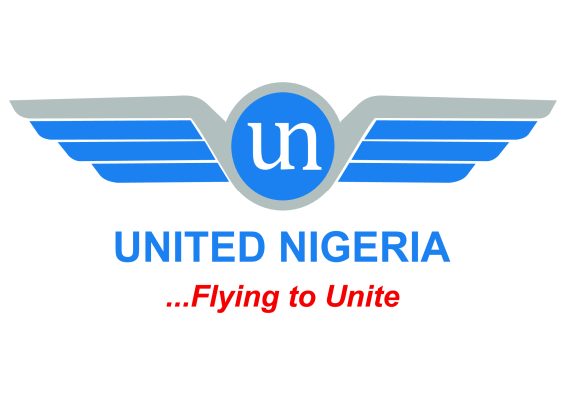Opinion: Irregular migration routes

By Julie Okah-Donli
The International Organization for Migration (IOM) defines it as “movement that takes place outside the regulatory norms of the sending, transit and receiving country” (IOM, 2011)
Irregular Migration is a component of human trafficking as most traffickers find it easier to manipulate the movement process if the formal processes of migration are not observed.
Irregular migration poses multiple challenges to countries of origin, transit and destination, and to the migrants themselves. Irregular migrants are constantly in danger of being exploited by human traffickers and all forms of different crime organizations.
They are vulnerable to exploitation, domestic and sexual abuse, organ harvesting, drug trafficking and discrimination. Research has proven that asylum seekers in some countries also undergo some form of discrimination and human right abuse especially if they do not seek asylum the right way.
Dependable statistics on irregular migration including the well-being of irregular migrants and their access to essential services such as health and education are not readily available.
A person can deliberately migrate irregularly while in some cases, changes in national laws and policies can turn regular migration into irregular migration.
The unpredictable nature of irregular migration and the fact that migrants’ biodata and legal status can be subject to frequent change poses a challenge to tackling human trafficking.
This also affects irregular migration documentation, as these include inflows and outflows of irregular migrants. For instance, an irregular migrant is identified in a particular country today but before he or she is tracked down, he or she has moved to another country tomorrow and so helping them when they are in distress is difficult if not impossible.
In Africa, there are significant irregular migration movement in almost all countries but particularly within West Africa to Northern Africa (Libya) and towards South Africa.
According to IOM 2017 report, an estimated 17,000 and 20,000 male irregular migrants from East Africa and the Horn of Africa were smuggled to South Africa yearly, a large majority of them being Somali and Ethiopian nationals (IOM, 2017).
Research has also proven that over 70% of irregular migrants in Nigeria begin their journey from rural areas with only 26% commencing the journey from urban areas.
There are basically two routes of transportation in irregular migration, the internal and external routes. The internal include movement of people from the rural to the urban parts of Nigeria while the external routes include movement from the urban areas especially via international airports to various destination countries.
In most cases, both routes i.e. internal and external are intertwined. This means that people are moved from the villages to cities where they have access to airports and international flights.
63% of irregular migrants travel through buses to different parts of the country and to other neighbourhood countries that can be accessed by road while 35% are trafficked by air to various countries where they often end up as domestic and sexual slaves.
An anonymous caller who called the Roost Foundation hotline to narrate her story disclosed that she was first transported alongside other young boys and girls in an overcrowded bus from her village to Kano where her trafficker was making plans to take them out of the country via the airport.
However, because of security presence and strict scrutiny at the airport, their trafficker’s plan was botched. This caller happens to be one of the few ones who are lucky enough to escape being trafficked as there are many more who have become irregular migrants in different countries as a result of this.
Irregular migration is intertwined with the smuggling of migrants, which is the act of facilitating and enabling the irregular entry of people into a country for business purposes such as sexual slavery, domestic servitude and drug trafficking.
Therefore, data on irregular migration flows and data on migrant smuggling often overlap, depending on different factors and migration routes.
To address this problem, there should be synergy between NAPTIP, Law Enforcement agencies including immigration and other non-governmental organizations involved in addressing irregular migration to tackle this menace head on.
Security agencies must also ensure that security checks at land and sea borders are strengthened so that we can nip irregular migration in the bud and this is one of the areas of the thematic concerns of Roost Foundation.
We have embarked on massive awareness and sensitization campaigns to arrest the incidences of Irregular Migration and our hotlines and mails are open to receive reports on cases of irregular migration.
Dame Julie Okah-Donli is the Chair of the board of trustees of the United Nations Voluntary Trust Fund for Victims of Trafficking in Persons (UNVTF) and Executive Chairman, Roost Foundation. She was until December 2020, the Director-General of the National Agency for the Prohibition of Trafficking in Persons (NAPTIP)








